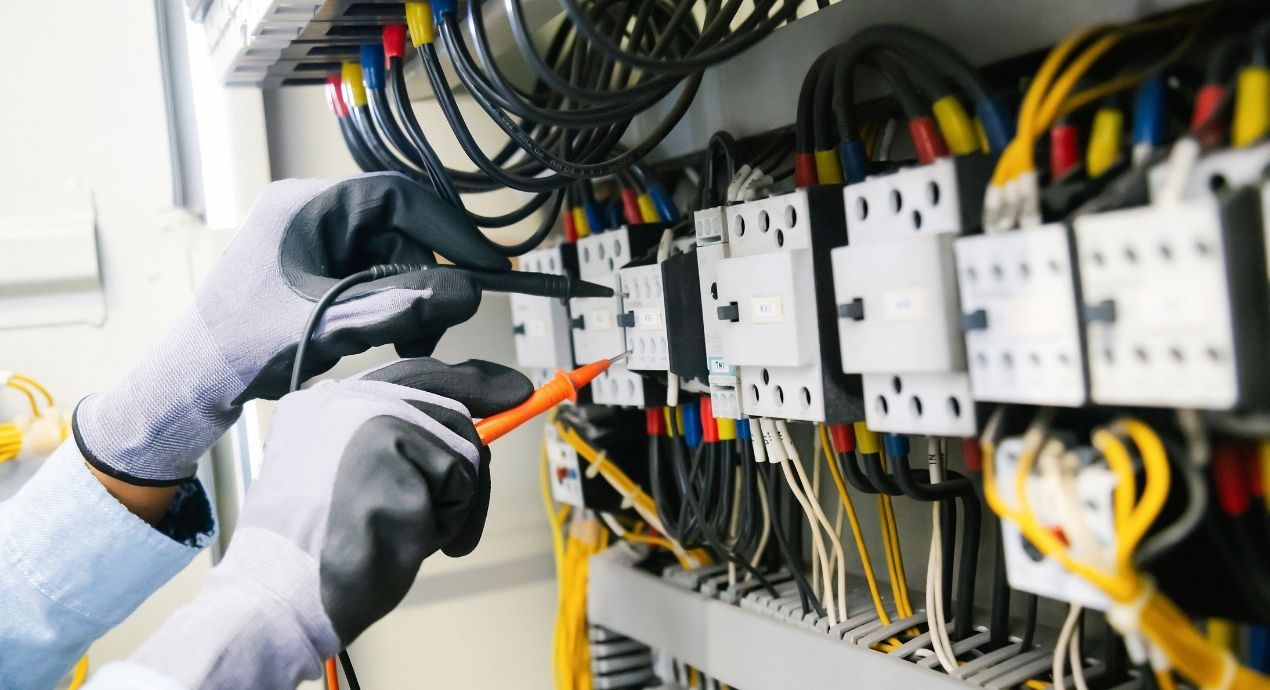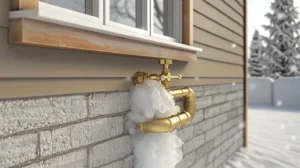Electricity powers our homes, making it easy to take for granted—until something goes wrong. From flickering lights to tripped breakers, electrical issues can be both frustrating and, if not handled correctly, dangerous. The good news is that many common electrical problems have simple fixes that you can tackle yourself. But before you grab your tools, it’s important to know how to troubleshoot these issues safely. Let’s explore some of the most common electrical problems and how you can address them without getting zapped!
Flickering or Dimming Lights
Flickering or dimming lights can be annoying and may signal a deeper issue. If your lights flicker when an appliance, like the air conditioner or microwave, kicks on, it could be due to an overloaded circuit. This happens when too many high-wattage devices are running on the same circuit, causing a temporary drop in voltage.
To fix this, try redistributing your appliances across different circuits. If the problem persists, consider upgrading your wiring or installing a dedicated circuit for high-wattage appliances. If all the lights in your home flicker or dim, it might indicate a problem with the main electrical panel or even the power grid, which requires professional attention.
Circuit Breaker Tripping Frequently
Circuit breakers are designed to protect your home by shutting off power when a circuit becomes overloaded or short-circuited. However, if your breaker keeps tripping, it’s a sign that something isn’t right.
First, identify which circuit is causing the breaker to trip by noting which appliances or outlets lose power when the breaker trips. Unplug everything on that circuit and reset the breaker. Then, plug in each appliance one at a time to see which one causes the breaker to trip again. If a specific appliance is the culprit, it may be faulty and need repair or replacement.
If the breaker trips even with minimal load, it could indicate a short circuit or ground fault in your wiring. In this case, it’s best to call an electrician, as these issues can be dangerous and require professional repair.
Dead Outlets
Finding an outlet that doesn’t work can be frustrating, especially when you need to charge your phone or plug in an appliance. Dead outlets are often caused by a tripped GFCI (Ground Fault Circuit Interrupter), which is common in kitchens, bathrooms, and outdoor areas.
First, check if the outlet has a reset button. If so, press it to see if power is restored. If the outlet still doesn’t work, check your home’s circuit breaker to ensure the circuit hasn’t tripped. Sometimes, the problem isn’t the outlet itself but a loose connection within it. If you’re comfortable working with electricity, you can turn off the power at the breaker and check the wiring inside the outlet. Loose wires can be tightened, but if you’re unsure, it’s safer to call an electrician.
Light Bulbs Burning Out Too Quickly
If you find yourself replacing light bulbs more often than you should, it’s time to investigate. The most common causes of this problem are using bulbs with the wrong wattage for the fixture, poor insulation around the fixture, or an unstable electrical current.
First, make sure you’re using the correct wattage bulb for the fixture. Using a higher wattage than recommended can cause the bulb to overheat and burn out quickly. If the fixture is in a location with poor insulation, like a recessed light in the ceiling, consider switching to LED bulbs, which produce less heat.
If you’ve ruled out these issues and the problem persists, it could be due to voltage fluctuations. This happens when the voltage delivered to your home is inconsistent, which can shorten the lifespan of your bulbs. In this case, you may need to install a voltage regulator or call an electrician to check your wiring.
Buzzing or Humming Noises
Electricity should be silent, so if you hear buzzing or humming coming from your outlets, switches, or fixtures, it’s a sign that something is wrong. This noise can indicate loose connections, overloaded circuits, or faulty wiring.
To troubleshoot, start by turning off the power to the affected area at the breaker. Then, inspect the outlet, switch, or fixture for loose connections or signs of damage. Tighten any loose screws, and if the problem persists, replace the switch or outlet. If you’re not comfortable doing this yourself, or if the buzzing continues after your efforts, it’s time to call in a professional.
Electrical Shocks
Getting a mild shock from an outlet or switch is more than just a surprise—it’s a warning sign that something is amiss. Shocks usually occur because of faulty wiring, loose connections, or damaged outlets.
If you experience a shock, don’t ignore it. Start by turning off the power to the outlet or switch at the breaker and inspecting it for visible damage or loose wires. If everything looks okay but the problem persists, call an electrician to inspect your home’s wiring. Regular electrical shocks can be a serious hazard and should not be taken lightly.
Warm or Sparking Outlets
If an outlet feels warm to the touch or you see sparks when plugging in an appliance, it’s a serious issue that requires immediate attention. Warm outlets can indicate an overloaded circuit, loose wiring, or a damaged outlet.
Turn off the power to the outlet at the breaker and do not use it until it has been inspected. Sparking can be caused by arcing, where electricity jumps between gaps in the connection, which can lead to electrical fires. This is not a DIY fix—call an electrician right away to prevent a potential disaster.
Old or Damaged Wiring
If your home is older, it may have outdated or damaged wiring that’s not up to current safety standards. Common signs include frequent breaker trips, flickering lights, and discolored outlets or switches.
Old wiring can be a fire hazard, so if you suspect your wiring is outdated or damaged, it’s essential to have it inspected by a professional. They can recommend whether you need to rewire parts of your home or make other upgrades to keep your electrical system safe and efficient.
Final Thoughts: Safety First
Handling electrical problems can be daunting, but understanding the basics can help you troubleshoot issues safely and effectively. Remember, safety always comes first—if you’re ever in doubt, don’t hesitate to call a licensed electrician. With the right knowledge and precautions, you can keep your home’s electrical system running smoothly and safely. So, the next time a light flickers or a breaker trips, you’ll know just what to do! Happy troubleshooting!









